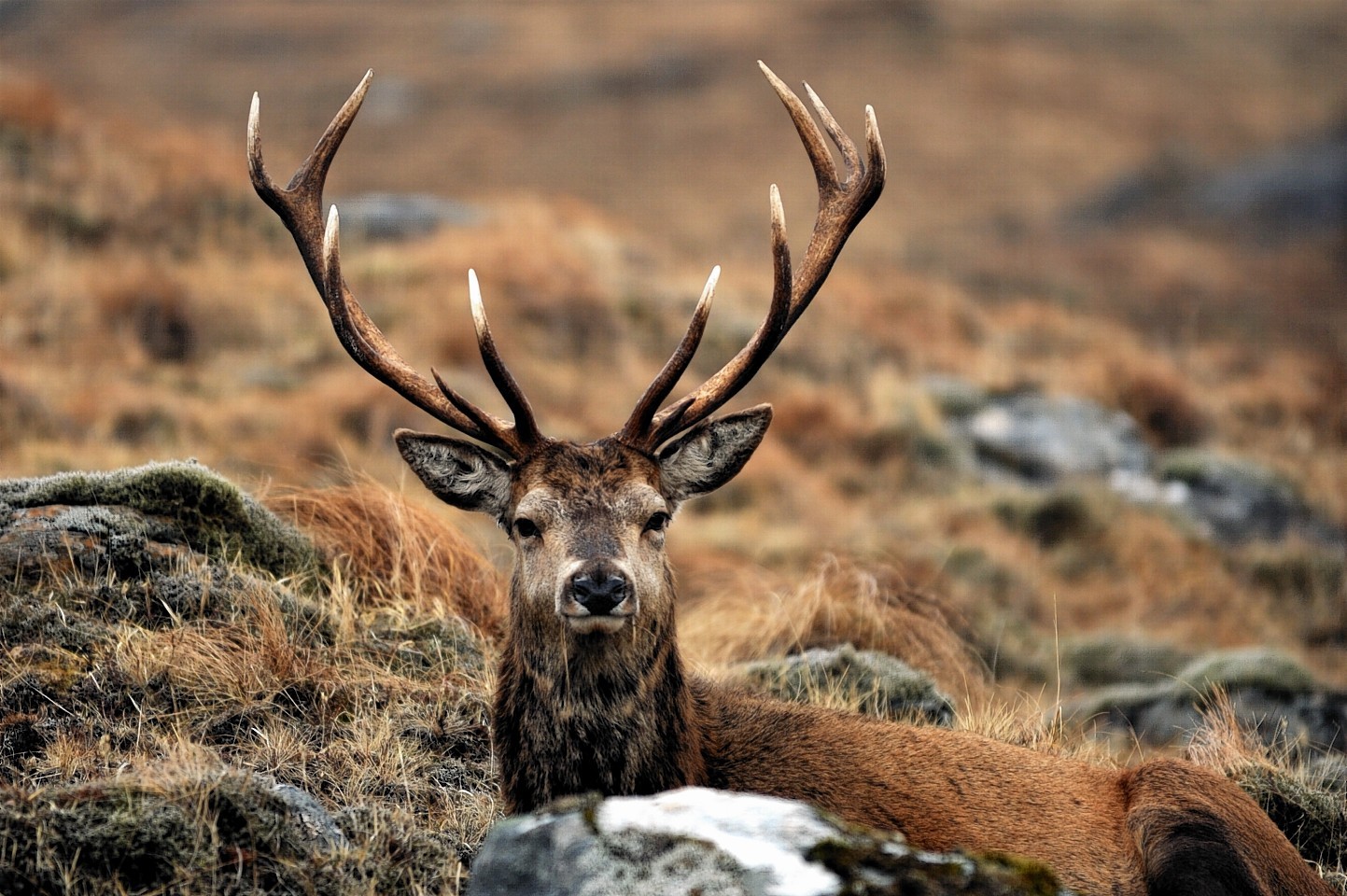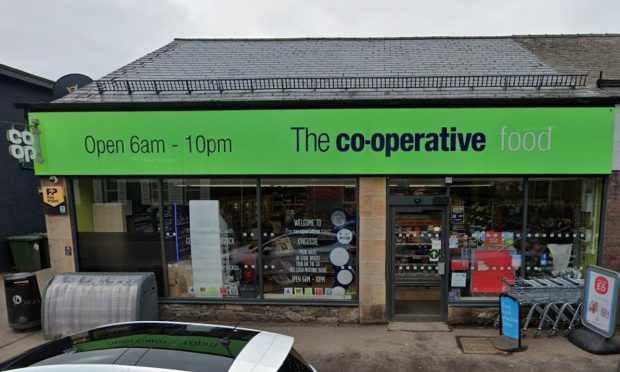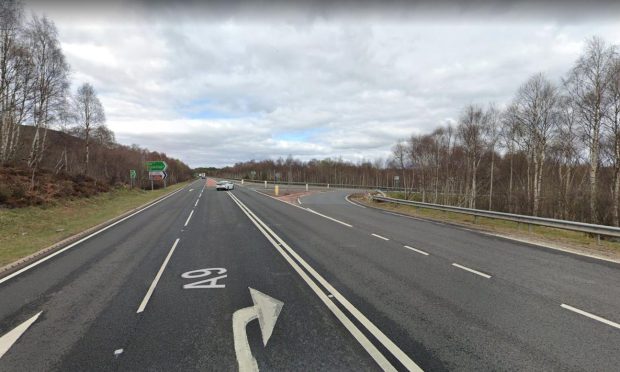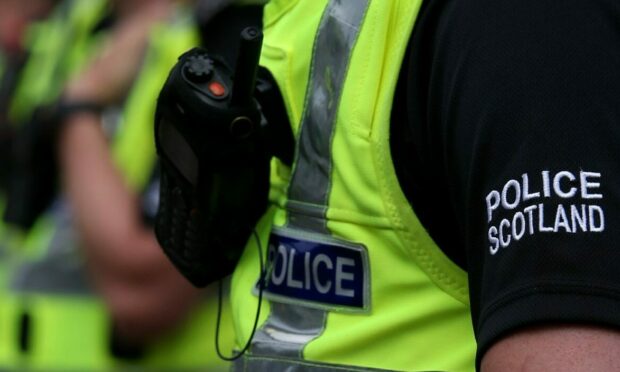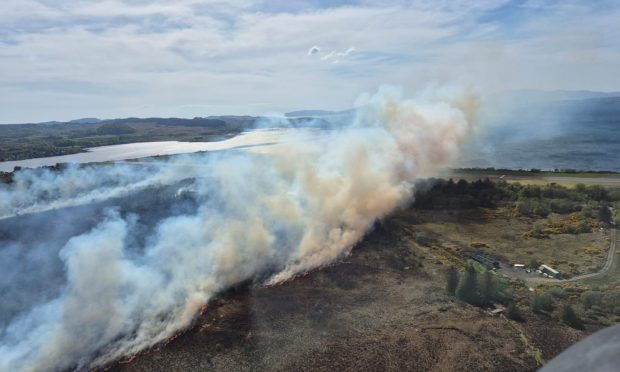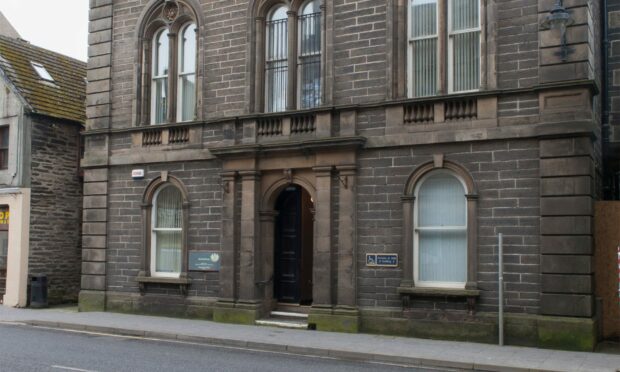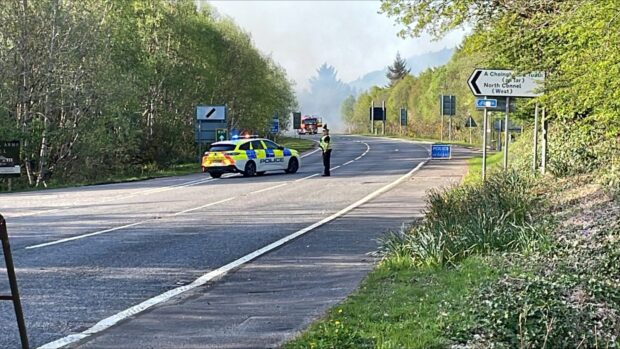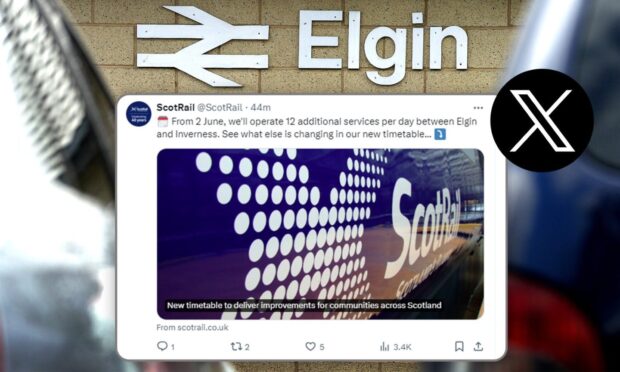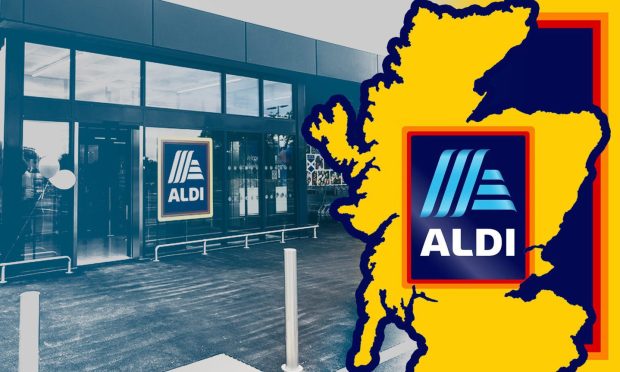A new interactive guide is to star some of the most iconic native wildlife in the Highlands.
The red deer, red squirrel and harbour seal are the focus of VisitScotland’s new e-book revealing the viewing hotspots for several species that are synonymous with the country.
The Scottish Wildlife Series, created by the national tourism organisation, features detailed descriptions and facts about the animals, videos of them in action and a guide of where to spot them in their natural habitat.
It details that the red deer, known as the Monarch of the Glen, is the largest land mammal in Britain and can be found in the wild at Cairngorms National Park, Achray Forest, Mar Lodge Estate and Loch Lomond and the Trossachs National Park.
The guide also discusses how the red squirrel is the UK’s only native squirrel species, and that only 120,000 remain in Scotland today.
The most common places to spot them are Aberdeenshire, Dumfries and Galloway, the central Highlands and the Cairngorms National Park.
It also highlights the two types of seal in Scotland, the common harbour seal and the grey seal, and that their favourite places to swim in Scotland are the west coast, the Outer Hebrides and the northern isles.
Malcolm Roughead, chief executive of VisitScotland, said: “Enjoying Scotland’s wildlife is a major part of the holiday experience for visitors and offers a big growth potential to Scottish tourism, as shown by the success and popularity of the Year of Natural Scotland.
“Scotland is home to some of the world’s most beautiful creatures which intrigue and fascinate our visitors and we hope this e-book will encourage even more to get out and explore our natural inhabitants found across the country.”
According to The Economic Impact of Wildlife Tourism in Scotland, there are more than 1.1 million wildlife trips a year to or within Scotland by visitors who arrive with the primary purpose of enjoying wildlife.
A total of 49% of respondents to the Scotland Visitor Survey 2015 cited Scotland’s scenery and landscape as their top reason for choosing to visit, and it is thought the scope of wildlife tourism is significantly larger.
In the same survey, a third of participants cited Scotland’s woodlands and country parks as an activity they engaged in during their visit, with a quarter including wildlife and bird watching.
